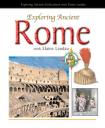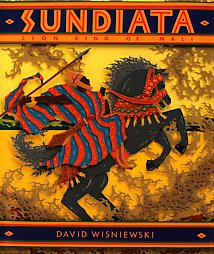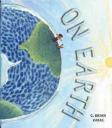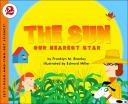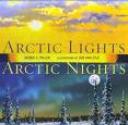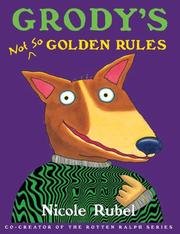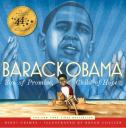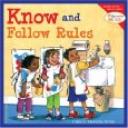“Hang on! You are going on a trip to ancient Rome! There are many things to see and do. Watch the gladiators fight in the Colosseum. Go shopping at the Forum for a toga or gold jewelry. Visit the Pantheon and learn about Roman gods. And do not forget to pull up a couch and have a traditional Roman feast! In Exploring Ancient Rome with Elaine Landau, author Elaine Landau and her dog, Max, take you back in time to show you the people and places that made up the center of civilization.”
The book starts out with a letter to the fellow explorers from the tour guides, Elaine and Max the dog. It tells the explorers some of the places they will visit, and how they will feel somewhat at home in Rome. The journey will cover everything from government and laws to housing and food. There are also lots of paintings and photographs of Rome to help the students visualize these places.
Curriculum Connections
Exploring Ancient Rome with Elaine Landau is a great book to use in your third grade classroom. In the opening letter to the fellow explorers, Elaine explains to the students how they will be able to relate a lot of what they see on their journey to their modern day world. For example, “If you had math homework this week, you probably used numbers. The ancient Romans influenced our number system. It is not hard to find a clock with Roman numerals. Ancient Rome’s architecture, engineering, and art also affected our culture.”
If I were to use this book in my classroom, I would allow the students to read and look at the book up close. They will be able to see some of the contributions ancient Rome has made for our modern world in terms of architecture, government, and sports. (VA SOL 3.1) There are many great pictures the children would love to look at. Then, after the students have looked through the book, tell the students they will be the tour guides for another group, and have them pick out their five favorite parts and write about them. This is a great way to get the students involved, and also make sure they are understanding the material.
Additional Resources
- Ancient Rome This is a great website for older students to go on their own and explore all areas of the Roman lifestyle.
- Life in Rome Here is a place where students can go and learn about daily life in Rome. This gives the students a chance to see what Roman life is like.
- Ancient Rome Videos I think videos are a excellent way to bring all your lessons to life. This website has great videos of ancient Rome.
Book: Exploring Ancient Rome with Elaine Landau
Author: Elaine Landau
Illustrator: David Paveloinis, Kristin McCarthy
Publisher: Enslow Publishers, Inc.
Publication Date: 2005
Pages: 48
Grade Range: 3-5
ISBN: 0-7660-2337-0

